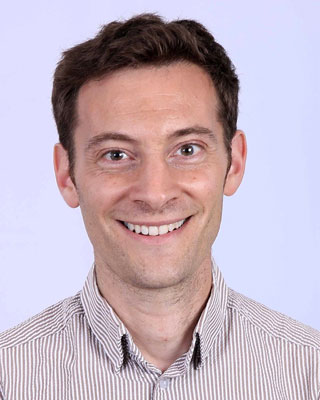Mark Newman

Mark is an Electronics Engineer and educator with 25 years of practical experience in the field of R&D, developing a range of medical devices. He also runs his own home recording studio and enjoys composing and recording.
For the last 8 years, Mark has been utilizing his engineering experience together with his love of video production and animation to teach the core concepts of signals and systems. He provides students with the tools they need to turn theory into practice through his YouTube channel, books, and online courses.
Mark strongly believes that engineers need a deeper and more thorough understanding of the important mathematical principles taught at university. With the constant pressure to get a product to market as quickly as possible, he feels that engineers are never given enough time to research and learn, leading them to take shortcuts that may solve the problem in the short term but create new problems which come back to haunt them in the future.
Having always struggled to understand the mathematical side of engineering, Mark takes a more systematic, visual, and intuitive approach to learning. He relies less on mathematical analysis and the ability to manipulate equations, and more on the power of intuition.
Mark's aim is to help the students of today become better engineers tomorrow by thoroughly explaining abstract concepts in a clear and intuitive way.
Don't Let the FFT Fool You - Avoiding its pitfalls for a more accurate frequency analysis
Status: Available NowThe Fast Fourier Transform is a cornerstone of audio processing providing a representation of a time domain signal in the frequency domain. The ability to manipulate signals in the frequency domain gives us the power to isolate, enhance, and sculpt specific frequency components, redefining the very essence of sound. However, for this to work, an accurate frequency domain representation is essential.
As DSP enthusiasts, we tend to treat the FFT as a magic bullet solution, a library function that is so commonplace, we can implement it with an “include” statement and a few lines of code. But what do we really know about its inner workings, its nuances and most importantly, its limitations? Can we be confident that the frequencies reported by the FFT are truly present in the original signal, or is our ignorance of how it works pulling the wool over our eyes and causing unwanted artefacts in our output?
In this presentation we’re going to lift the hood on the FFT and discover:
- How the Fourier Transform works
- Why the FFT is only an approximation (albeit a good one) of the true Fourier Transform
- What the limitations of the FFT’s approximation are
- How to mitigate these limitations by windowing your signal before it enters the FFT
- How to navigate the trade-off between processing speed and frequency resolution in the FFT
This presentation aims to equip you with a practical understanding of the FFT, empowering you to create higher-quality and more precise DSP applications.

